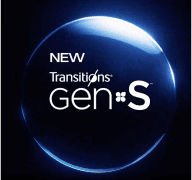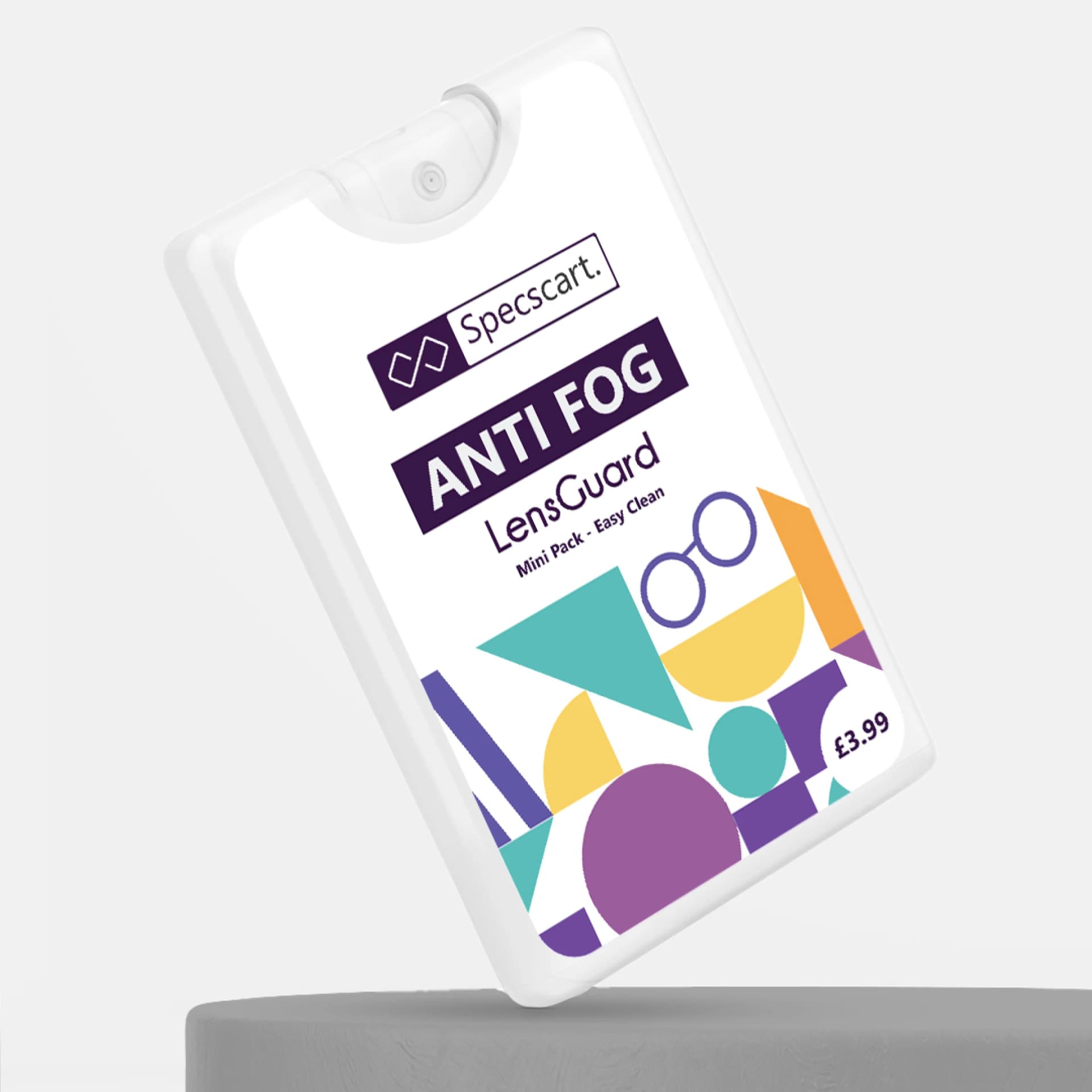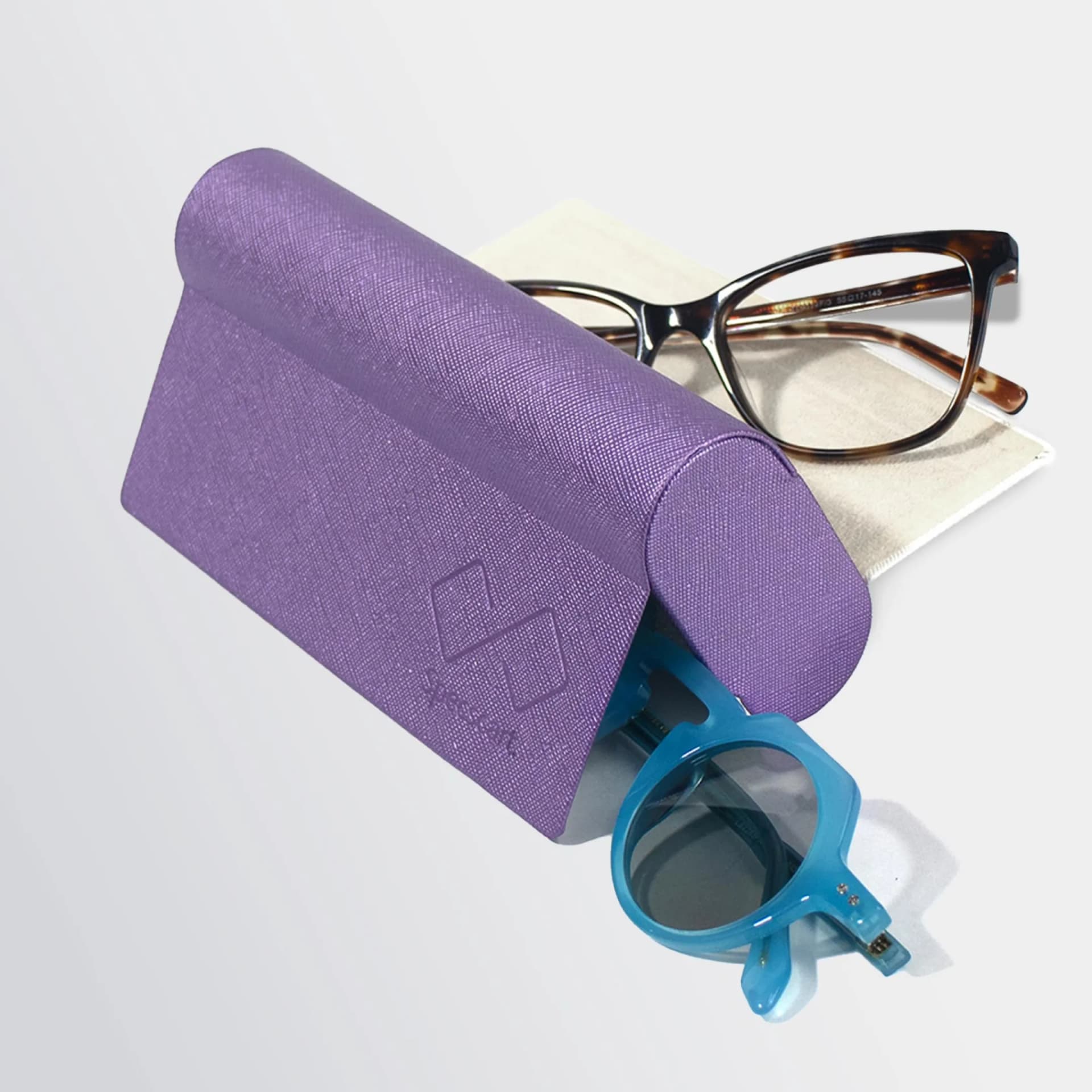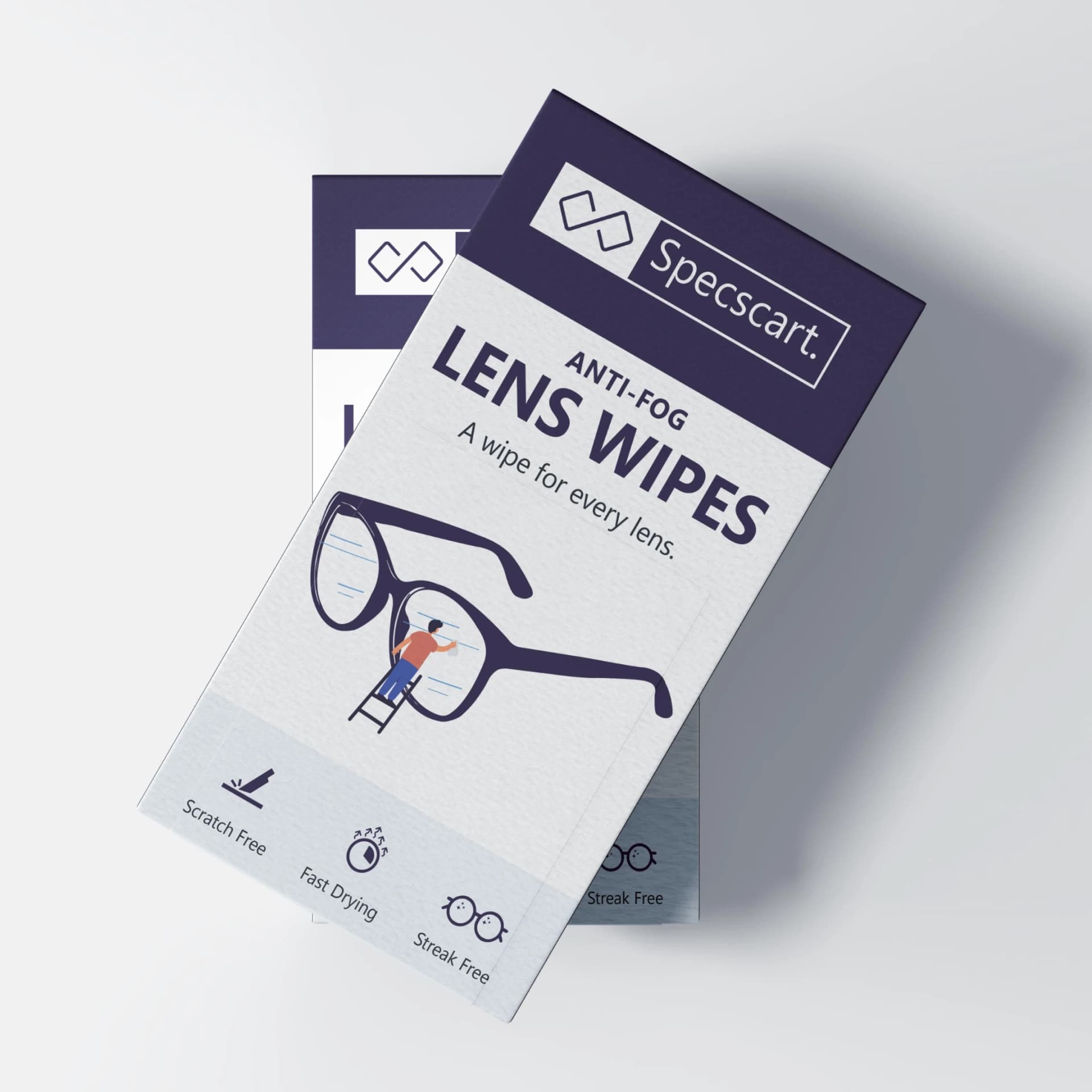If you’ve ever been for an eye test, you’ve probably been handed a prescription at the end. By law, you’re entitled to a copy of your prescription after every eye test, so make sure to ask for it if it’s not handed over automatically. But let’s be honest, even regular eyeglasses wearers don't understand all the terms mentioned in their prescriptions. To help you understand your eyeglasses prescription, we’re going to break down every part of your prescription in simple terms.
What do OS and OD Mean?
OD and OS are Latin abbreviations that tell you which eye the prescription information refers to:
OD stands for Oculus Dexter, which means "right eye" in Latin.
OS stands for Oculus Sinister, which means "left eye" in Latin.
You might also see OU in your prescription, which stands for “Oculus Uterque” and means both eyes in Latin. Know the difference between OD and OS in detail.
What Does SPH Mean in Eye Prescription?
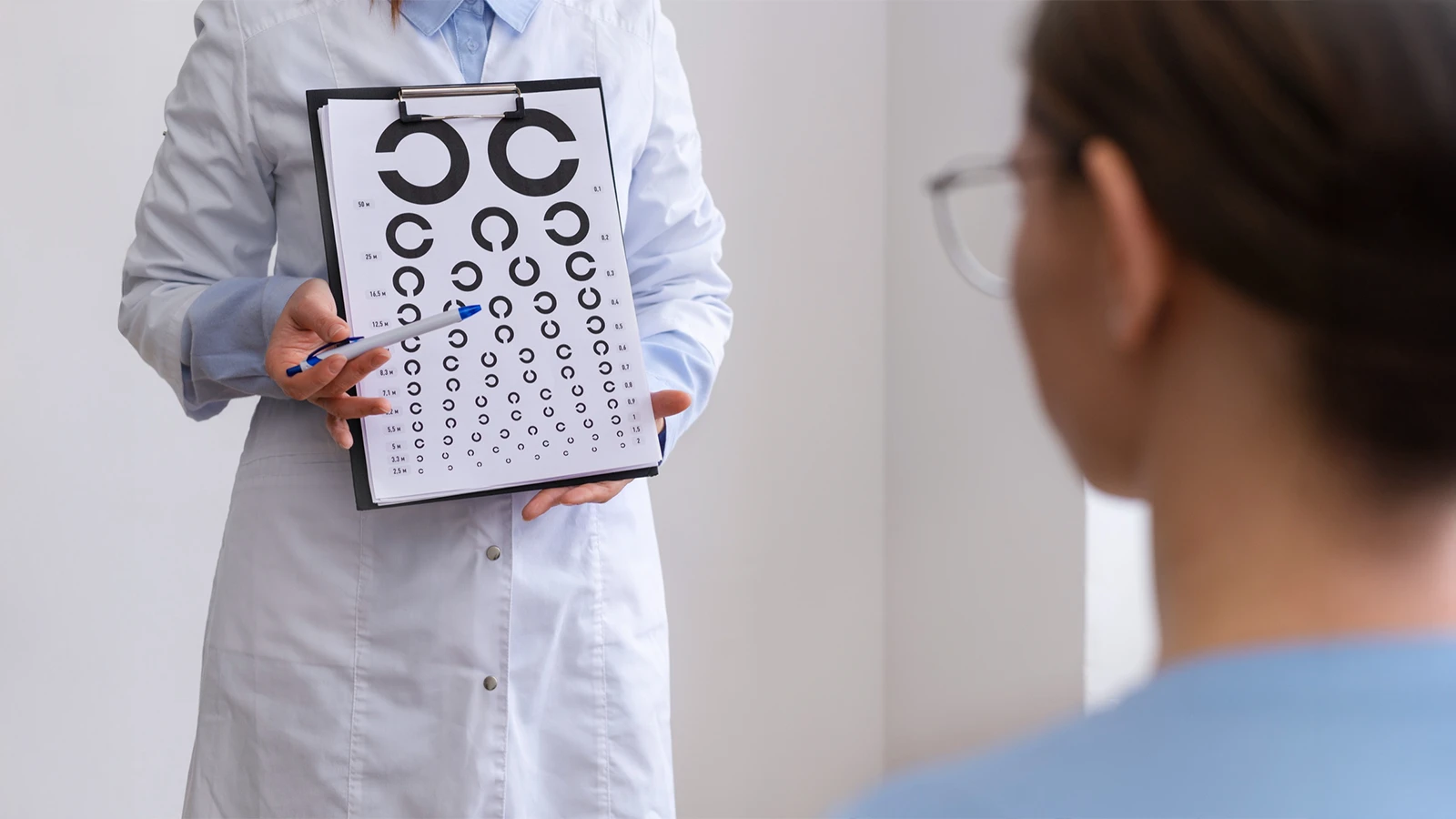
SPH stands for “Sphere”, and it refers to the lens power needed to correct nearsightedness (myopia) or farsightedness (hyperopia). A negative number under SPH indicates nearsightedness, where you see close objects clearly but distant ones appear blurry. On the other hand, a positive number indicates farsightedness, where you see distant objects clearly but struggle with viewing things up close. You will see a number after the positive or negative sign, which is measured in dioptres, and it shows the strength of your prescription.
What is CYL and Axis?
CYL in your prescription stands for “cylinder,” and it relates to a common vision condition called astigmatism. Your cornea is normally shaped like a perfectly round dome, which allows light entering the eye to bend (or refract) evenly, creating a perfect image of the retina. But when the shape of your cornea isn’t perfectly round and it becomes more like a rugby ball than a football, light bends unevenly. This results in blurred or distorted vision, especially at certain angles or distances. That condition is known as astigmatism. The CYL value tells how much correction is needed to adjust this uneven curvature and help your eyes focus properly.
You will see the “Axis” mentioned right next to the CYL in the prescription, as they are both related to each other. Axis is a positive number between 0 and 180, mentioned in degrees. It shows the direction of the astigmatism.
What Does ADD Mean?
ADD in an eye prescription stands for Addition. It refers to the extra magnifying power needed for close-up tasks like reading. If you have a number under ADD in your prescription, you might have presbyopia. This is a natural age-related condition where your eyes lose the ability to focus on close objects. It usually starts affecting people around 40 years old.
If you see ADD in your prescription, your optician will advise you to go for bifocal or varifocal lenses. While bifocals can correct your vision at a distance and near vision with visual lines on the lenses, varifocals or progressive lenses aid your vision at all distances without any visible lines. You can look at all distances without having to adjust your position or change your glasses.
More Jargon - Prism and Base
Prism
Prism is like a tiny nudge for your eyes. Normally, your eyes work together perfectly to aim at the same object, sending a single clear image to your brain. But sometimes, due to muscle weakness or other issues, your eyes might be slightly misaligned. This can cause double vision or eye strain. A prism in your glasses acts like a wedge, gently bending the light entering one eye just a little. This nudge helps your eyes point in the right direction, so they both focus on the same spot. It's like a subtle teamwork coach for your eyes, ensuring they collaborate to give you a clear, comfortable vision without any double trouble!
Base
The base is also used for eye alignment issues. Imagine the prism in your lens is a tiny wedge, like a slice of pie. This wedge bends light in a specific direction. The base in your prescription tells the eye doctor which way the thickest part of the wedge (the "pie crust") should be positioned in your glasses. There are four main base directions: base up (BU), base down (BD), base in (BI), and base out (BO). For example, "base up" means the thick part of the wedge is positioned at the top of the lens, which helps nudge your eye slightly downwards.
What Does (+) or (-) Mean in an Eye Prescription?
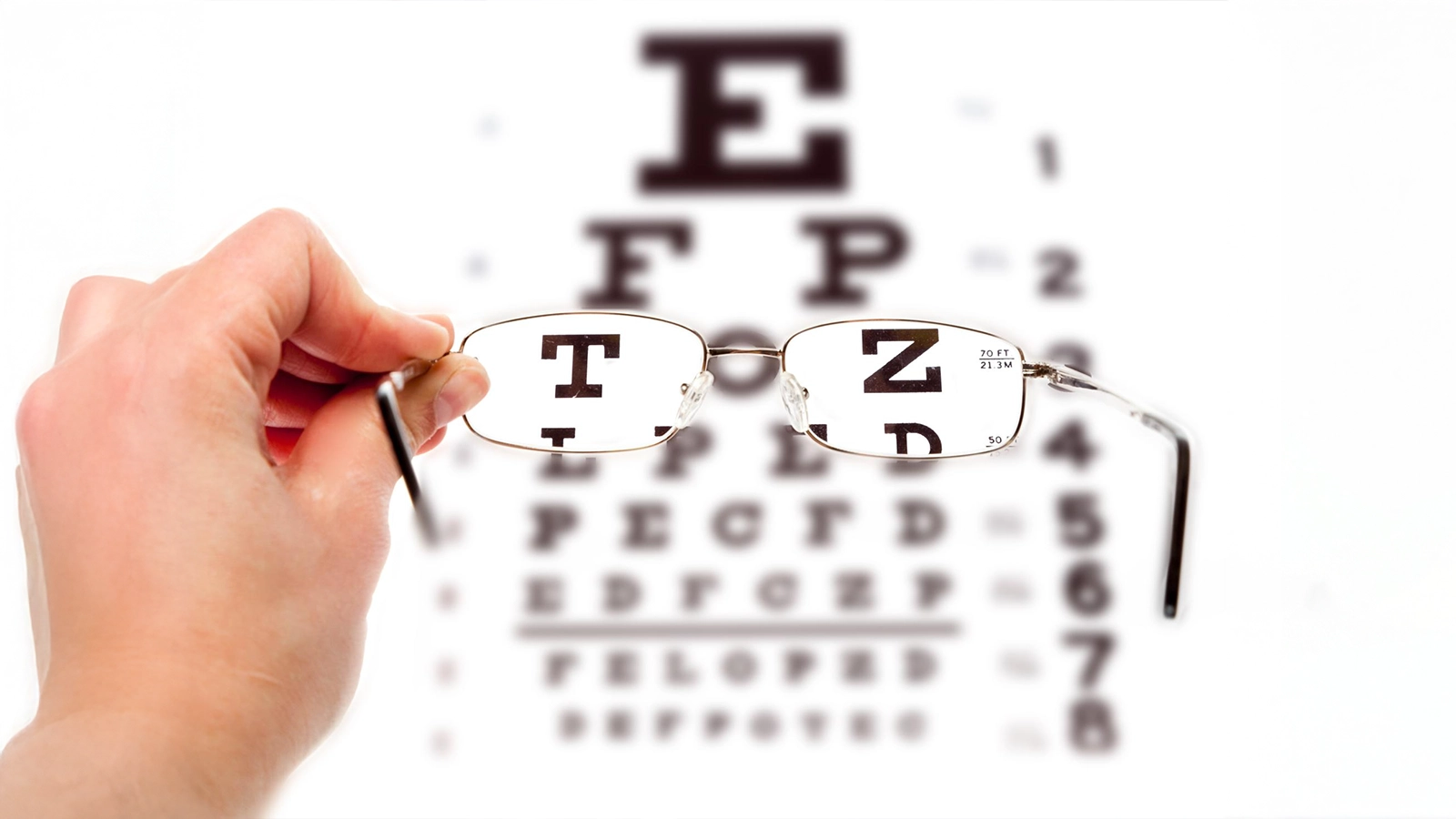
Your prescription will have either a positive or a negative sign before the prescriptive power. The positive numbers do not mean your eyesight is good, and the negative numbers do not mean they are too bad.
(+) denotes, you have farsightedness. During the eye test, you are given a chart to read. This chart helps determine how far or close you can read. Farsightedness also mean hyperopia, which means you have difficulty seeing near objects. For example, you might have difficulty reading newspapers or minute texts on bills and documents.
(-) denotes, you have nearsightedness. During the test, you are tested with a vision chart on the wall or at a distance of 20 feet. If you have got (-) power, you have trouble seeing anything at a far distance. For example, you might face difficulty looking at road signs while driving. This type of vision is called myopia. It is the most common vision problem.
What is PD?
PD (and not p.d.) is an abbreviation for pupillary distance. Imagine it as the distance between the centres of your pupils, like the space between two dots on a domino. This measurement is crucial for your glasses to fit you just right. The centre of each lens in your glasses is the ideal spot for you to look through for clear vision. Your PD measurement tells the eye doctor exactly where to place the centre of each lens relative to your pupils. With the correct PD, your glasses will feel comfortable and centred on your face. You won't have to strain your eyes to see clearly through the centre of the lenses. Sometimes, there are two PDs denoted under OS and OD. You already know what OS and OD stand for. Suppose your eye prescription has two PDs. The first one is for the distance between the centre of your left eye and the nose bridge. The other is the distance from the centre of the right eye to the nose bridge.
How Bad is Your Eyesight?
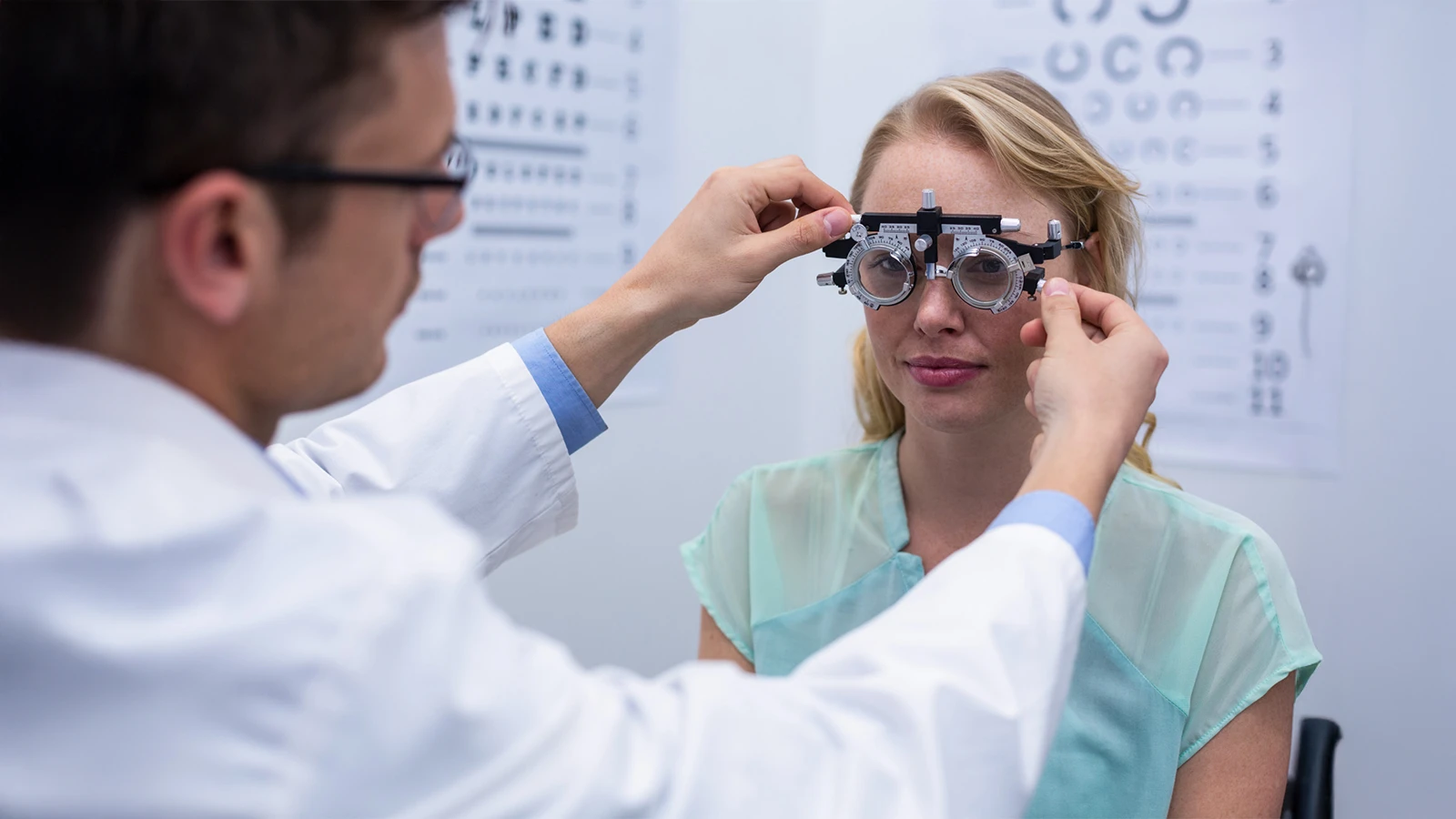
Suppose your numbers are closer to zero, between 0.75 and 0, whether negative or positive. It can mean any number like +0.25, +0.50, +0.75 or -0.25, 0.50, and -0.75. In that case, you have almost good eyesight, and these slight changes even go unnoticed sometimes. However, the only way to correct your vision is by getting a pair of prescription glasses.
If your eye prescription is between 0.75 to 3, either positive or negative, it means you have a mild eyesight defect. You will need to wear glasses for most of the tasks. You can survive without your glasses, too. You won’t have too many survival issues like colliding in every nook and cranny.
Eye prescriptions of more than 3 fall under high prescription power. You will be advised to use your glasses constantly. You get very blurry vision without your glasses.
Is the Prescription for Eyeglasses and Contact Lenses the Same?
Prescriptions for glasses and contact lenses are different. Your glasses sit on your nose at some distance from your eyes, and contact lenses sit right on your cornea. Because of this difference, even though they both correct your vision, they need slightly different prescriptions.
Contact lenses also have numbers for correcting nearsightedness (seeing things close) or farsightedness (seeing things far), like glasses. But unlike glasses, it includes your eye measurements for a perfect fit.
Now, you know how to read your eye prescription. You can visit any Specscart store to get a comprehensive eye test done for free. When it comes to finding glasses, we have more than 1000+ premium eyewear styles at 70% lower prices than the high street.
Caution: You may become style obsessed
Your way finder
2000+ Trendy Styles

Fashion Forward Sunnies



















